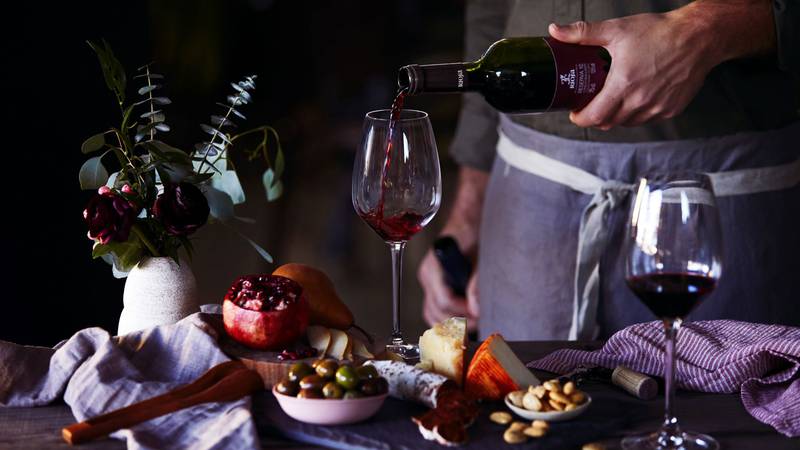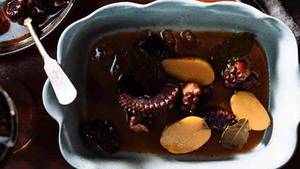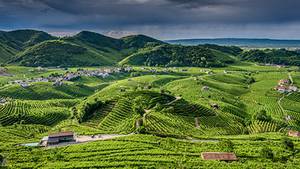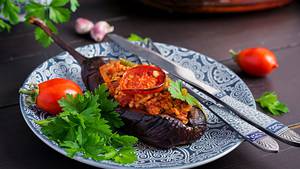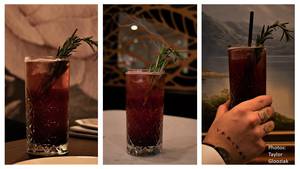No one would argue that Rioja is a region steeped in tradition but rather that perhaps the waves of innovation that are moving across the rest of Spain are starting to make also making ripples there. Spain’s next-generation winemakers are re-shaping how we identify with Spanish wines; moving away from noticeable oak, embracing single varietal wines made from old vine native grapes, prioritizing place over the process. They are succeeding too.
Rioja too is making space for new ways. Some of the most significant recent change to the appellation’s legislature is the more specific geographical indications permitted on the label, a nod to the sub- zone (Alta, Alavesa and Oriental/Baja), village (Vinos de Municipio) and vineyard (Viñedo Singulares) designations that may be credited to the Burgundy classification model but adopted by multitudes of regions throughout the world over. The need for this freedom of expressing specific place is evident; in 2019 over 50 applications were submitted for permission to use the Vinos de Municipio designation (there are 144 permitted village names) and over 70 for Viñedo Singular. While historically many great Rioja wines are blends of both grape variety as well as vineyard origin, some producers have long highlighted their specific sites, such as López de Heredia’s iconic Tondonia and Bosconia bottlings. This new labeling law will give others the chance to honour their terroir and it may well give us wine lovers a deeper understanding of Rioja’s sense of place. The interesting exercise to come will be deciphering which sites are of merit to be considered great or express their typicity.
Rioja is also blessed with a rich and storied history; winemaking traditions that anchor its culture in place, and the reason that many fall in love with its wines. Not only are we in love with the feelings that traditions evoke, but also the character that it brings to the wines. In Rioja’s case, the hallmark of lengthy barrique and bottle aging results in mature wines that are simultaneously more ready to drink upon release (most Crianzas and many Reservas) as well as incredibly long-lived (Gran Reservas). While these wines may not fit into the movement towards the Spanish winemaking renaissance, we should acknowledge that many consumers enjoy traditionally made Rioja, and there is a depth that these wines bring to a well-rounded list. One of the many benefits of shopping from this region are finding current release that has a more vinous character, and if you are working with a wine program with limited cellaring abilities this can add style and vintage diversity to your list without the need to tie up capital aging the wine yourself. Plus, the wines are often a bargain compared to other mature, savory reds from similarly storied places.
I think that Rioja can be a region of both new identity and comforting familiarity. My biggest worry is that we might forget the value of its history in the pursuit of the next new experience. But maybe history safeguards itself against such folly… after all, tradition is simply yesteryear’s innovation but with a longer track record, is it not?
Sidebar: The Economics of Rioja on your wine list
If a wine list is fundamentally about providing consumer satisfaction while ensuring a sufficient return on the investment, there is a strong argument to be made for the value of premium Rioja wines.
-Rioja has the highest brand recognition of any Spanish wine region amongst consumers.
-According to a 2018 study, in which 86,000 consumers were polled around the world, Rioja, as a wine region, ranked 4th in terms of brand recognition.*
-According to the author of The Wine Region of Rioja and Rioja North America Brand Ambassador, Ana Fabiano, Rioja accounts for more than 31% volume and 41% of all Spanish exports and is exported to a whopping 130 countries.
-Rioja’s new Vino de Zona, Vino de Municipio and Vinedos Singulares designations provide the opportunity to infuse terroir-driven wines from Rioja onto a wine list and increase perceived consumer value.
- Canadians find an appeal with premium Rioja wines. 35% of all exports in 2019 to Canada were Reservas and Canada has consistently ranking in the top 3 highest per litre prices of all countries Rioja exports to.
- Exports from Rioja to Canada have increased by 250 per cent over the last decade, showing how popular the wines are with Canadian consumers.
-Based on an analysis of the top 10 most critically acclaimed and best value wines as determined by wine-searcher.com algorithms, Rioja’s best outperform many of the world’s top wine regions. We tallied the average price of these top-scoring wines and the results prove Rioja competes against both Old World and New World for its price to quality ratio.
COMPARING RIOJA’S BEST AGAINST THE REST: a comparative analysis of the world’s best.
A comparison of the average price point (Canadian dollars) of wines achieving plus 92 points on aggregate from major wine critics.
*source: wine-searcher.com
Note: for the analysis wines retailing over $250 Canadian were eliminated to ensure averages were not skewed by outliers.
|
Old World Comparison |
New World Comparison |
|
Rioja: $49.40 |
Chile: $40.1 |
|
Austria: $65.70 |
South Africa: $46.6 |
|
Piedmont: $98.40 |
Mendoza: $46.8 |
|
Tuscany: $106.60 |
Rioja: $49.40 |
|
Burgundy: $116.60 |
Australia: $50.3 |
|
Bordeaux: $122.20 |
New Zealand: $60.80 |
|
|
Oregon: $69.20 |
|
|
Napa Valley: $120.1 |
|
|
Washington State: $126.80 |
*Cru by CAPS & the Canadian Association of Professional Sommeliers would like to thank and acknowledge the Rioja DOCs and other funding partners for supporting the production of this content.

